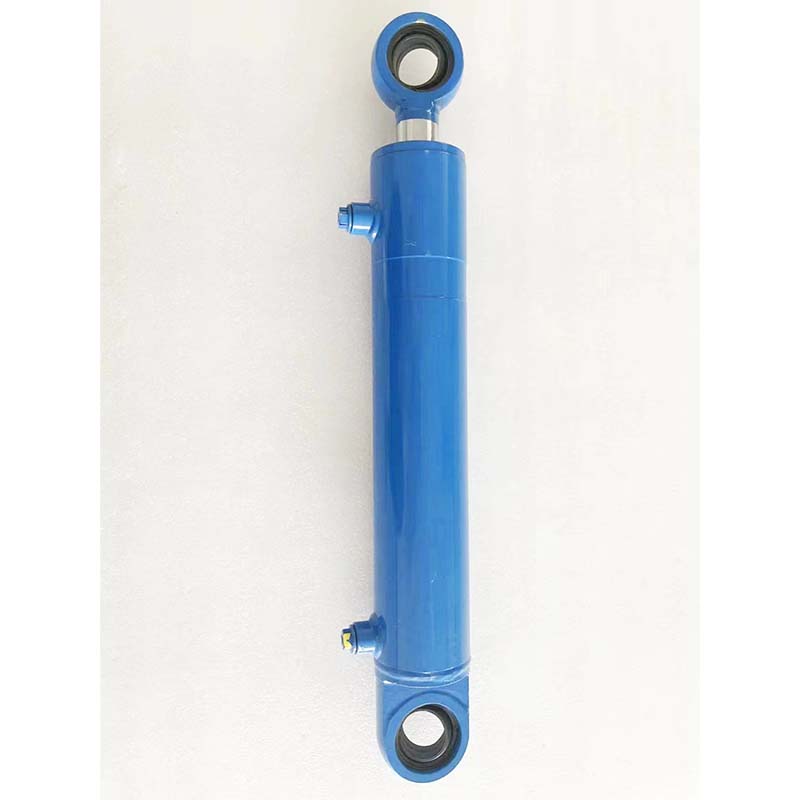Nov . 07, 2024 17:45 Back to list
Hydraulic Power Units Powered by Engine for Various Applications and Industries
Understanding Engine Driven Hydraulic Power Units
In today's rapidly evolving industrial landscape, efficiency and power are paramount. Engine driven hydraulic power units (EDHPUs) stand out as key players in sectors ranging from construction to agriculture, providing essential hydraulic power for various applications. This article will delve into the mechanisms, applications, and benefits of engine driven hydraulic power units, showcasing their role in enhancing operational efficiency.
What Are Engine Driven Hydraulic Power Units?
Engine driven hydraulic power units are systems that convert mechanical energy generated by an engine into hydraulic energy. These units consist of a prime mover, typically a gasoline or diesel engine, coupled with hydraulic pumps, valves, reservoirs, and other necessary components to create a comprehensive hydraulic power source. By harnessing engine power, these units can produce high-pressure hydraulic fluid that can be used to drive hydraulic motors, actuators, and tools.
Key Components
The effectiveness of an EDHPUs is attributed to its several key components
1. Internal Combustion Engine The engine serves as the power source, usually selected based on the required horsepower and efficiency needs. 2. Hydraulic Pump This component transforms mechanical energy from the engine into hydraulic energy. Gear pumps, vane pumps, and piston pumps are common types, each suited for different pressure and flow requirements.
3. Hydraulic Reservoir It stores hydraulic fluid, which is essential for the efficient operation of the pump. Proper sizing and design of the reservoir are critical to maintaining system performance.
4. Valves and Control Systems These components regulate fluid flow and pressure, ensuring optimal operation and allowing operators to control the hydraulic system effectively.
5. Hydraulic Lines High-pressure hoses and fittings connect all components and convey the hydraulic fluid to the desired location.
Applications of Engine Driven Hydraulic Power Units
EDHPUs have versatile applications across various industries
engine driven hydraulic power unit product

- Construction They power hydraulic tools and machinery such as excavators, backhoes, and demolition hammers, facilitating tasks like digging, lifting, and breaking.
- Agriculture In farming, these units are essential for operating equipment such as seeders, planters, and hydraulic lifts, aiding in crop management and cultivation.
- Marine Operations EDHPUs are used to power winches and hydraulic lifts on boats and ships, enhancing cargo handling and maintenance operations.
- Industrial Applications Many manufacturing processes rely on hydraulic systems, making EDHPUs a vital source of power for machinery used in assembly lines, presses, and material handling.
Benefits of Engine Driven Hydraulic Power Units
Several advantages make EDHPUs a favored choice for many professionals
1. Portability Unlike electric-powered hydraulic units, which require a stable power source, EDHPUs can be easily transported to remote job sites, making them indispensable for outdoor operations.
2. High Power Output With robust engines, these units can deliver substantial horsepower, allowing them to operate heavy-duty equipment with high hydraulic pressure demands.
3. Independence Engine driven units do not rely on electrical infrastructure, providing flexibility in locations where electrical power is unavailable or unreliable.
4. Durability Built to withstand rugged environments, EDHPUs are designed for durability and longevity, making them a wise investment for businesses that require reliable hydraulic power.
Conclusion
Engine driven hydraulic power units represent a critical technological advancement in powering hydraulic systems across various industries. Their versatility, durability, and independence from electrical sources make them indispensable tools in many applications, from construction and agriculture to marine operations. As businesses strive for operational efficiency, the importance of understanding and integrating EDHPUs into their workflows becomes increasingly clear. By investing in this technology, companies can enhance productivity, optimize resources, and maintain a competitive edge in their respective markets.
-
Fork Lift Power Units - Hebei Shenghan | Efficiency, Reliability
NewsJul.13,2025
-
1.5-Ton Turbocharged Cylinder-Hebei Shenghan|Hydraulic Solution,Energy Efficiency
NewsJul.13,2025
-
Auto Hoist Power Units-Hebei Shenghan|Efficiency&Industrial Lifting
NewsJul.13,2025
-
Double Acting Power Units-Hebei Shenghan|Hydraulic Solutions,Industrial Efficiency
NewsJul.13,2025
-
1.5 Ton Lifting Cylinder 70/82-40-290-535 - High-Performance Hydraulic Solution | Hebei Shenghan
NewsJul.13,2025
-
Fork Lift Power Units - Hebei Shenghan | Efficiency&Reliability
NewsJul.13,2025
